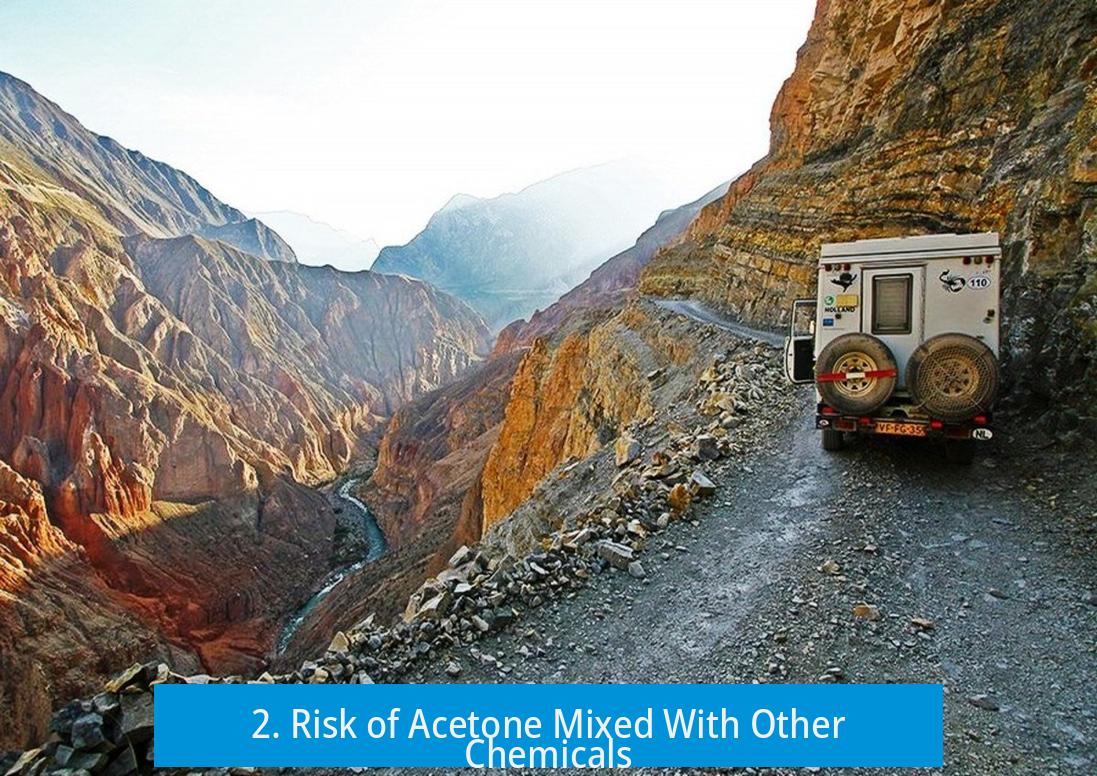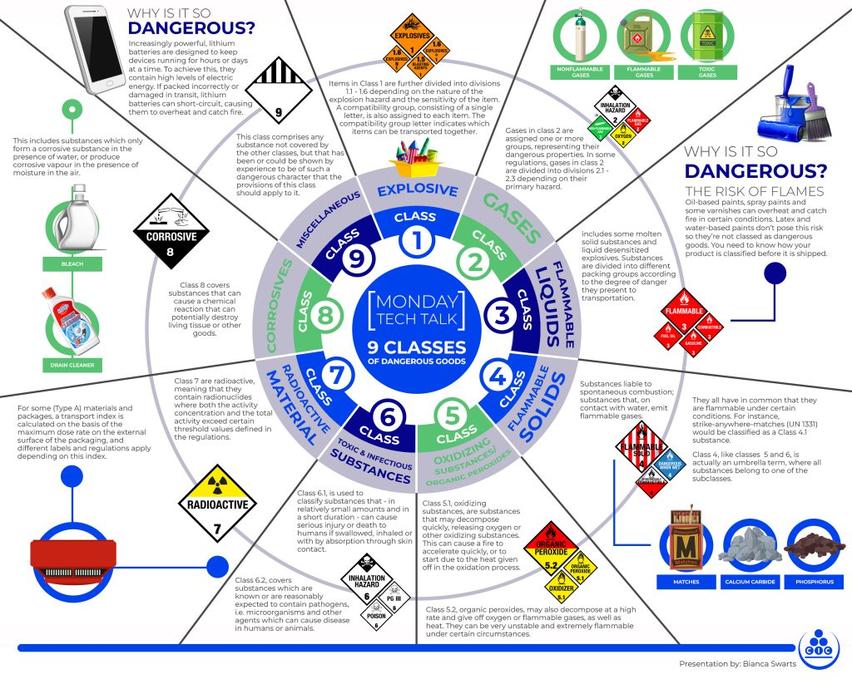How Dangerous is Acetone?

Acetone is generally considered to have low toxicity when handled properly and is not highly dangerous in small amounts or brief skin contact, but risks increase with prolonged exposure, improper mixing with other chemicals, or inhalation of large quantities. It is a strong solvent and highly flammable, necessitating careful use and storage.
1. Toxicity and Harm from Acetone Alone
Acetone is common in many household products, including nail polish remover. It poses minimal health risks from short-term skin exposure or small inhalation doses. This compound does not produce known long-term health effects in typical environmental amounts.
- Contact with skin mainly causes dryness by removing natural oils.
- Small spills or drops on skin rarely cause harm if washed off promptly.
- It is used medically to remove adhesives from skin without significant damage.
- The human body naturally produces acetone through normal metabolism, particularly during fasting or carbohydrate restriction.
- Acetone metabolism provides some cellular energy, showing biocompatibility in small amounts.
- Regulatory agencies allow minor acetone presence in foods and cosmetics due to its low toxicity.
Overall, acetone alone is not considered highly toxic under everyday exposure conditions. Direct skin exposure dries the skin but usually does not cause injury.
2. Risk of Acetone Mixed With Other Chemicals

The main hazard arises when acetone acts as a solvent for other toxic compounds. It can dissolve substances that otherwise may not penetrate the skin and transport them directly into the body.
- Acetone can carry dissolved toxic chemicals through gloves and skin.
- Mixing with certain acids or household chemicals may form harmful or explosive compounds.
- In lab environments, acetone combined with reactive chemicals can increase toxicity and safety hazards.
- For example, mixing acetone with bromine or other halogens creates dangerous substances such as bromoacetone, a lachrymatory agent (“tear gas”).
Safe handling requires avoiding accidental mixtures and understanding chemical compatibility. Laboratory and industrial usage demand strict controls to prevent harmful exposures.
3. Health Effects from Prolonged or Moderate Exposure
Repeated or moderate exposure to acetone vapors or skin contact may cause adverse health effects over time.
- Extended exposure at moderate concentrations can damage the liver.
- Reports exist of workers developing liver issues after prolonged inhalation or skin exposure in industrial settings.
- Continuous skin contact can cause severe drying, cracking, and damage leading to secondary infections.
- Acetone vapors may irritate the respiratory tract and eyes upon chronic inhalation.
These risks highlight the importance of protective measures when dealing with acetone frequently or in high concentrations.
4. Physiological Production and Metabolism of Acetone in Humans

Acetone is a natural metabolic product in the human body.
- It is produced mainly in the liver during fat breakdown, especially when glucose is scarce.
- Levels increase in fasting states, carbohydrate-restricted diets, or uncontrolled diabetes.
- The body can metabolize acetone for energy, serving as a minor fuel source.
- Blood acetone concentrations typically remain low, around 6 ml/L or less under normal conditions.
The presence of acetone in humans indicates its role as a natural, endogenous compound rather than solely an external toxin.
5. Safety Precautions and Handling Advice
Despite low acute toxicity, proper handling of acetone is critical for safety.
- Use in well-ventilated areas to avoid inhalation of vapors.
- Wear gloves to prevent prolonged skin contact and minimize drying.
- Avoid mixing with incompatible substances, especially strong oxidizers or acids.
- Keep away from open flames because acetone is highly flammable.
- Do not bathe or shower using acetone or allow extensive skin soaking.
- Practice standard laboratory safety protocols when handling industrial quantities.
Consult material safety data sheets (MSDS) for detailed guidelines. Acetone exposure should be minimized where possible.
6. Fire Hazards of Acetone

Acetone vapors readily ignite and burn with a clear flame.
- It has a low flash point (~ -20°C), making it extremely flammable at room temperature.
- Fires can spread quickly if acetone spills are ignited.
- Accidental ignition can cause rapid burns and injury, especially on skin or clothing.
- Do not smoke or use open flames near acetone storage or use areas.
Strict fire safety is essential when handling acetone.
7. Informal and Daily Experiences
Many people encounter acetone in daily life mainly via nail polish removers.
- Users often notice dryness and roughness on nails and skin after exposure.
- While some treat it casually, repeated use can damage skin quality.
- Medical uses rely on acetone’s solvent property but recognize its irritant effects.
- Casual anecdotes typically report irritations rather than serious harm.
These experiences align with acetone’s low acute toxicity but highlight the discomfort from skin drying.
Summary of Key Points

- Acetone alone is low in toxicity and commonly used safely in household and medical products.
- Prolonged or high-level exposure can cause liver damage and skin problems.
- Its solvent properties increase risk when mixed with toxic substances.
- The human body naturally produces and metabolizes acetone.
- Acetone is highly flammable and requires careful storage and use.
- Handling precautions focus on preventing inhalation, skin contact, and ignition.
How Dangerous is Acetone? Let’s Clear the Air!
Acetone, by itself, is not very dangerous. You’ve probably seen it in nail polish remover or even heard about doctors using it to remove stubborn medical glue. It’s so common and relatively safe that your own body produces small amounts of it daily. But before you go pouring bottles of it like it’s just flavored water, let’s dig deeper into the real risks and why acetone deserves your respect — but not your panic.
Acetone: The “Harmless” Solvent in Your Cosmetic Bag

First off, acetone is quite a friendly chemical in small doses. It’s found in nail polish removers because it effectively dissolves nail polish without causing long-term harm. Spills and drops on skin? Usually just a drying effect and a little temporary redness. In fact, your cells can metabolize acetone for energy, and your liver naturally produces it — especially when you don’t eat enough carbs or are fasting. Your body treats acetone more like a guest than a threat.
Does this mean you should splash it on your face or bathe in it? Absolutely not. That would be silly (and potentially dangerous). But the key takeaway is: short-term exposure to acetone, especially in the small amounts encountered in everyday products, typically won’t cause you much trouble.
When Acetone Plays Well With Others… or Doesn’t
Here’s where the plot thickens. Acetone’s superpower is being a great solvent — it dissolves things well. This means it can break down substances that your skin might not normally absorb. For example, if you spill a toxic chemical on your glove, the glove might protect you. But if you mix that toxic chemical with acetone? It can carry the nasties right through gloves and skin, increasing exposure risks drastically.
Chemistry enthusiasts and lab workers beware: mixing acetone with certain acids or household chemicals can create hazardous compounds or even explosive situations. This is no playground science experiment — trust me, attempting this can lead to serious injuries or worse.
Prolonged Exposure: More Than Just Dry Skin
If brief contact isn’t that harmful, what about longer exposure? Working with acetone at moderate levels for extended periods can stress your liver. Some model airplane hobbyists recalled people suffering liver damage after using glues and cements containing acetone frequently. Also, constant skin contact can degrease and dry your skin so badly that fingers may crack and split — not exactly a spa treatment.
So, consider this a warning sign: use gloves and good ventilation if you’re around acetone regularly. Don’t ignore those dry, irritated hands—they’re your body’s polite way of saying, “Ease up, please.”
The Firestarter Factor: Acetone’s Fiery Side
Here’s a story you can’t make up: someone poured acetone into a shot glass, lit it on fire (because why not?), and then accidentally tipped it onto their foot. Yep, the acetone ignited, turning their foot into a temporary bonfire. The aftermath? Waving your leg around looking like you’re auditioning for a slapstick comedy.
Lesson here: acetone is extremely flammable. Keep it away from flames, sparks, or any ignition sources. Think of it like that friend who’s hilarious but can cause chaos when drunk — handle with care.
Practical Tips for Everyday Acetone Use
- Don’t shower in it. Seriously, it dries your skin out.
- Use acetone in well-ventilated areas to avoid inhaling its vapors.
- Wear gloves if you’re going to be in contact with it for extended periods.
- Store it away from heat or flames; no impromptu fire shows, please.
- Don’t mix acetone with other chemicals unless you’re a trained chemist.
Acetone has earned its reputation as a nail polish remover and medical ally, not a villain. Yet, it demands respect. Think of it as a puppy: cute and helpful but needs supervision so it doesn’t chew the furniture or worse.
Funny But True: Acetone in Daily Life
Many people use acetone casually — and some admit it’s funny how it wrecks their nails and dries out their hands while stripping off polish. It’s mild skin drying is so noticeable that people joke about it. But nonchalance might backfire if you’re using it all the time without protection.
Why leave yourself with cracked skin and a liver audit when just a bit of precaution can save you? There’s a balance here between acetone’s convenience and its potential hazards.
Summary: How Dangerous is Acetone?
| Aspect | Details |
|---|---|
| Toxicity (alone) | Low toxicity; mild skin drying; naturally produced by the body |
| Mixed with Chemicals | Can enable toxic compounds to penetrate skin; forms dangerous compounds; avoid mixing |
| Long-Term Exposure | Risk of liver damage; skin damage with repeated contact |
| Physiological Role | Produced in liver; metabolized for energy cells need |
| Flammability | Highly flammable; risk of severe burns if mishandled |
| Safety Measures | Use gloves, ventilate areas, avoid flames, do not mix with unknown chemicals |
Final Thoughts: Don’t Fear Acetone — Respect It
Acetone is far from the horror chemical some imagine. It’s part of your body’s chemistry parade, a trusty nail polish remover, and a medical helper. The real dangers lurk when acetone meets other toxic chemicals or when you play with fire — literally. So, enjoy its benefits but don’t treat it like a pet rock. Handle acetone wisely, keep safety in mind, and your exposure will remain low-risk.
Now the real question is: If acetone is so humble and handy, why do so many of us treat it like a bad houseguest? Maybe because behind that small bottle lies a chemistry superhero with a fiery temper!
Is acetone toxic to the skin with short-term exposure?
Short-term contact with acetone is generally harmless. It dries out the skin but does not cause lasting damage. Small spills on skin are usually no problem.
Can acetone become dangerous when mixed with other chemicals?
Yes, acetone can dissolve toxic compounds and help them penetrate skin. Mixing acetone with certain chemicals can create hazardous or even lethal reactions.
What are the effects of prolonged exposure to acetone?
Long-term exposure to moderate acetone levels can damage the liver. It also causes severe skin dryness and can lead to cracked skin with repeated contact.
Is acetone produced naturally by the human body?
Yes, the body produces acetone during fat metabolism, especially during starvation or diabetes. Cells can use it as an energy source.
How flammable is acetone and what are the fire risks?
Acetone is highly flammable. Even small amounts can catch fire quickly. Proper handling and avoiding open flames near acetone are essential for safety.





Leave a Comment